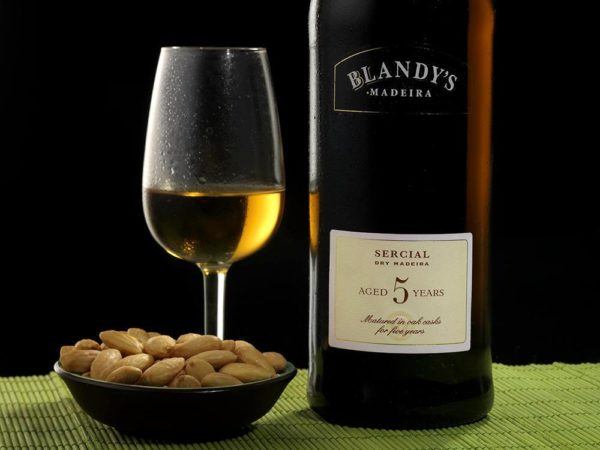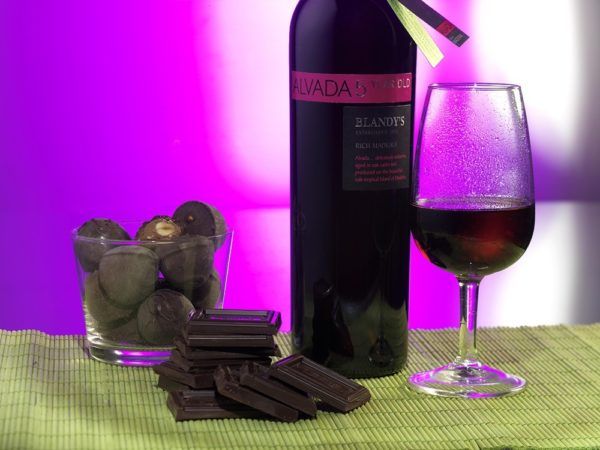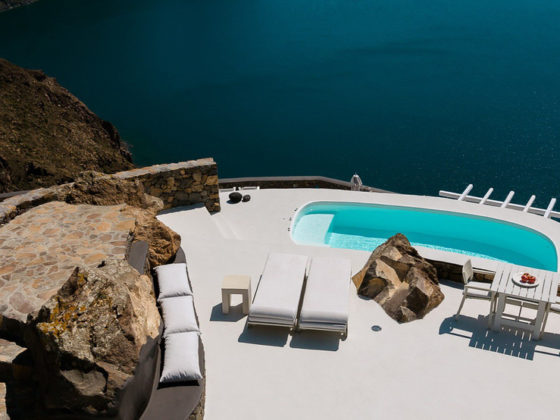On a recent trip to Madeira (my first in over 15 years), I obviously got to taste a fair bit of Madeira Wine – it would be rude not to. But the truth is, I don’t know much about it – so I asked Chris Blandy, who I also met during my trip to explain a little bit more about its history and how we can enjoy it year round. Cheers! Mrs. O
What is Madeira Wine?
By Chris Blandy
Madeira is a fortified wine produced and bottled the Island of Madeira, in Portugal. Its origins came about during the era of discoveries in the 15th and 16th centuries when the sailing ships passed by the island to pick up fresh water, supplies and ballast, in the form of wine in barrels. Legend has it that on one particular round trip to India, the barrels of wine were returned to the producer on the island who discovered that the wine had improved considerably due to the heating of the wine as the ships crossed the equator.

For centuries afterwards, shippers continued to send casks of their wines on long voyages, for no other reason than to develop greater character. Today, this ageing is replicated via the Estufagem and Canteiro methods in the wine lodges on the island. Fortification of the wine with brandy was introduced in the mid-18th century and today, the process continues with natural grape spirit.
Madeira wine is typically a mono-varietal wine, with each white varietal representing one of the four styles of Madeira. Dry, medium-dry, medium-rich and rich. The red Tinta Negra varietal is diverse enough to be able to represent any one of the four styles of Madeira.
What are the different styles of Madeira Wine?
Each white varietal represents a style.
SERCIAL
This varietal originates from the region of Bucelas, near Lisboa, where it was traditionally grown under the name Esgana Cão (Dog Strangler), having been introduced in Madeira, where it was given the name Sercial. The varietal produces big bunches of medium sized, thin skinned berries. The varietal has a late ripening and is resistant to oidium and mildium. Sercial produces wines that rarely achieve more than 11% alcohol before fortification. The wines are dry, remarkably fresh and present intense and vibrant aromas.

VERDELHO
Verdelho is widely cultivated in Madeira since the seventeenth century and was probably brought from northern continental Portugal during the early days of settlement on the island. This variety requires deep soils with some degree of moisture. Verdelho has low yields per hectare and early ripening.
The varietal offers compact and small bunches with a few berries. Before the arrival of phylloxera in Madeira in 1872, Verdelho represented approximately two-thirds of the vineyards of Madeira. Today is the white variety with the largest area (47 hectares) in Madeira, especially on the north coast, in vineyards located in Ponta Delgada, and São Vicente. The must has moderate sugar levels and a marked acidity. Verdelho is always vinified to produce medium-dry fortified wines.

TERRANTEZ
Terrantez is an old variety that used to be widespread on the Portuguese island of Madeira, as evidenced by the 19th and 20th century bottles still sold at auction today. The varietal has very low yields, even zero in some years, and a late ripening. Although it is resistant to diseases in general, the compact bunches and extremely thin-skinned berries make it prone to botrytis bunch rot and berry splitting. As a result of its outstanding character once aged, Terrantez has recently been replanted on Madeira.
BUAL
Cultivated mainly in the southern coast of the island, between the municipalities of Ribeira Brava and Calheta, Bual is quite vigorous, generally easy to grow, only moderately susceptible to downy mildew and botrytis bunch rot, more so to powdery mildew, and has a late budding, allowing it not be so exposed to the risk of spring frosts. This varietal tends to mature early. This variety produces wines with distinct notes of spice, dried fruit and in Madeira is vinified in Medium Sweet style.
MALVASIA (MALMSEY)
Malvasia was introduced to Madeira in the 15th century and is cultivated mainly in the parish of São Jorge in the district of Santana on the north coast of the island and in Funchal area in the south coast. The planted area is now stable at around 39 ha (96 acres) and produces the sweetest of the island’s fortified wines. One of the most emblematic grapes to produce Madeira Wine usually has early budding and late ripening.

In July 2002, Blandy’s MWC again launched a completely new style of Madeira with a radical presentation, “Blandy’s Alvada”. The wine is different to anything that has been produced before as it combines 2 noble grape varieties, Malmsey and Bual to arrive at a superbly balanced wine that combines the rich flavours of the Malmsey with the more complex and drier structure of the Bual.
TINTA NEGRA
The only red grape variety. Versatile and productive, it accounts for approximately 80% to 85% of the island production, being used predominately to make three-year old wines, although not exclusively.
This domain was especially pronounced when phylloxera struck the island in 1872, as growers chose to plant this variety which has a thicker skin compared to the white varietals. Depending on the altitude, humidity, region, solar exposure and length of fermentation of the must, the grapes can deliver richer or drier styles.

THERE ARE TWO DISTINCT CATEGORIES OF MADEIRA WINE: BLENDS AND DATED WINES
BLENDS
The art of producing a consistent quality blend is perhaps the hardest job for the winemaking team. The combination of the older more aromatic wines with the more youthful wines to produce a balanced blend that satisfies both the nose and the palate of the consumer takes many years of experience. The authorized Madeira Wine blends are 3-year-old, 5-year-old, 10-year-old, 15-year-old, 20-year-old, 30-year-old, and “more than 40-year-old” and these are average ages of the wine in bottle.
DATED WINES
Single harvest dated wines are divided into two sub-categories: “Colheita” and “Vintage” or otherwise known as Frasqueira.
These wines are identified at harvest time, based on the exceptional quality of the fruit, placed into specific ageing programs and then regularly checked to ensure the wines continue to develop with quality.
Every year in November the winemaker tastes all wines ageing in barrel and decides which will be used to makeup blends and which will keep on ageing and released later as colheitas or vintage madeiras.

Colheita or Single Harvest
Colheita is a relatively new category, introduced first in 2000 by the Blandy family with the objective of releasing an exceptional wine prior to it becoming a 20-year-old vintage. The wines can age between 5 years to 18 years in cask before being bottled and released as a Colheita or commonly known as a baby Vintage. As least a barrel of the wine released as a Colheita is left to continue ageing to be later released as a Vintage.
Frasqueira
Vintage Madeiras must age for a minimum 20 years in cask before being bottled and released. It is a decision taken by the family and the winemaker on when the wine should be bottled, as each grape variety has its own ageing potential. It is due to this length of time spent in oak casks that gives these wines their unique aromas, intense complexity and freshness for which they are renowned. There is no maximum ageing period and the company still has wine ageing in barrel from as early as 1920.

STORING AND SERVING MADEIRA
All Madeira wines should be stored upright, away from direct sunlight and just below room temperature. The majority of wines are all bottled ready to be drunk and will not improve with age.
Vintage Madeiras have the fascinating ability to remain in excellent condition for many years, even for centuries. Older vintages should be decanted to remove any deposit that has built up over the years and should be opened well in advance before drinking. A general rule is to open the wine one day for every 10 years that the wine has been in bottle. Once opened, Madeira wine can last for many months if stored in the correct conditions.

When it comes to enjoying Madeira, we suggest that the dry and medium dry styles be served chilled (12°C) and the medium rich and rich styles be served slightly chilled (16°C). The glassware is important we suggest that all Madeiras should be enjoyed using a typical port glass.

The Blandys are unique in being the only family of all the original founders of the Madeira wine trade to still own and manage their own original wine company; 2 centuries of fine wine production. The family has played a leading role in the development of Madeira wine throughout its long history and members of the family continue to live on Madeira, maintaining a tradition that goes back to 1811. Chris Blandy is CEO and the 7th generation to work in the business. If you are visiting Funchal, you can also visit the Blandy’s Wine Lodge.





